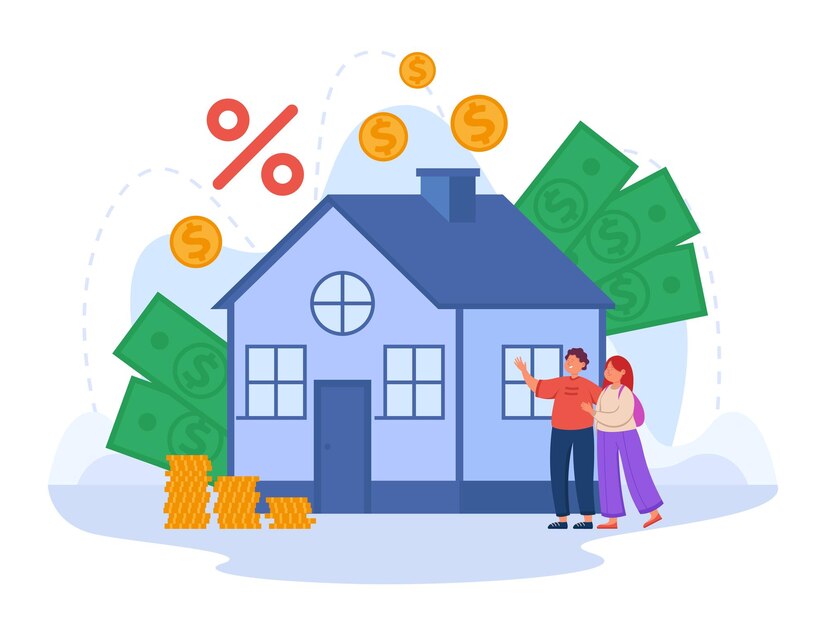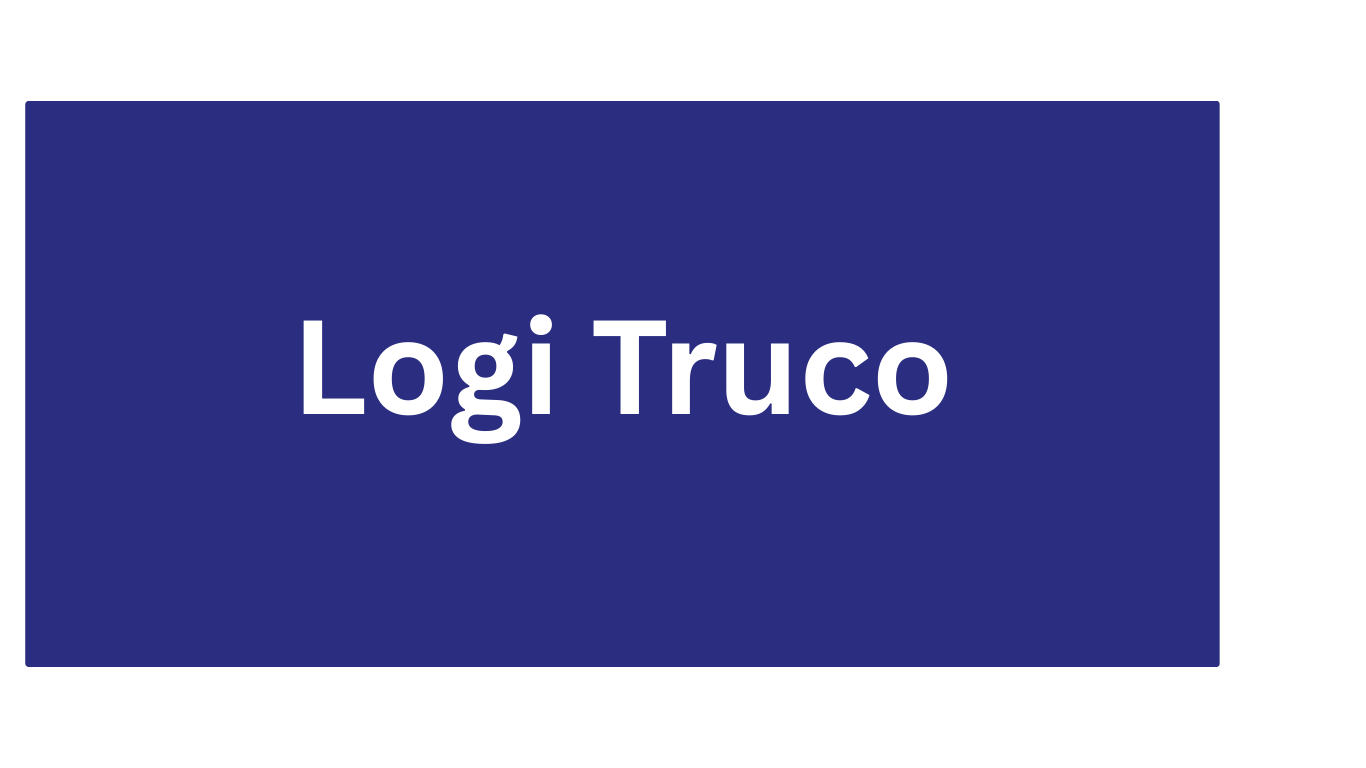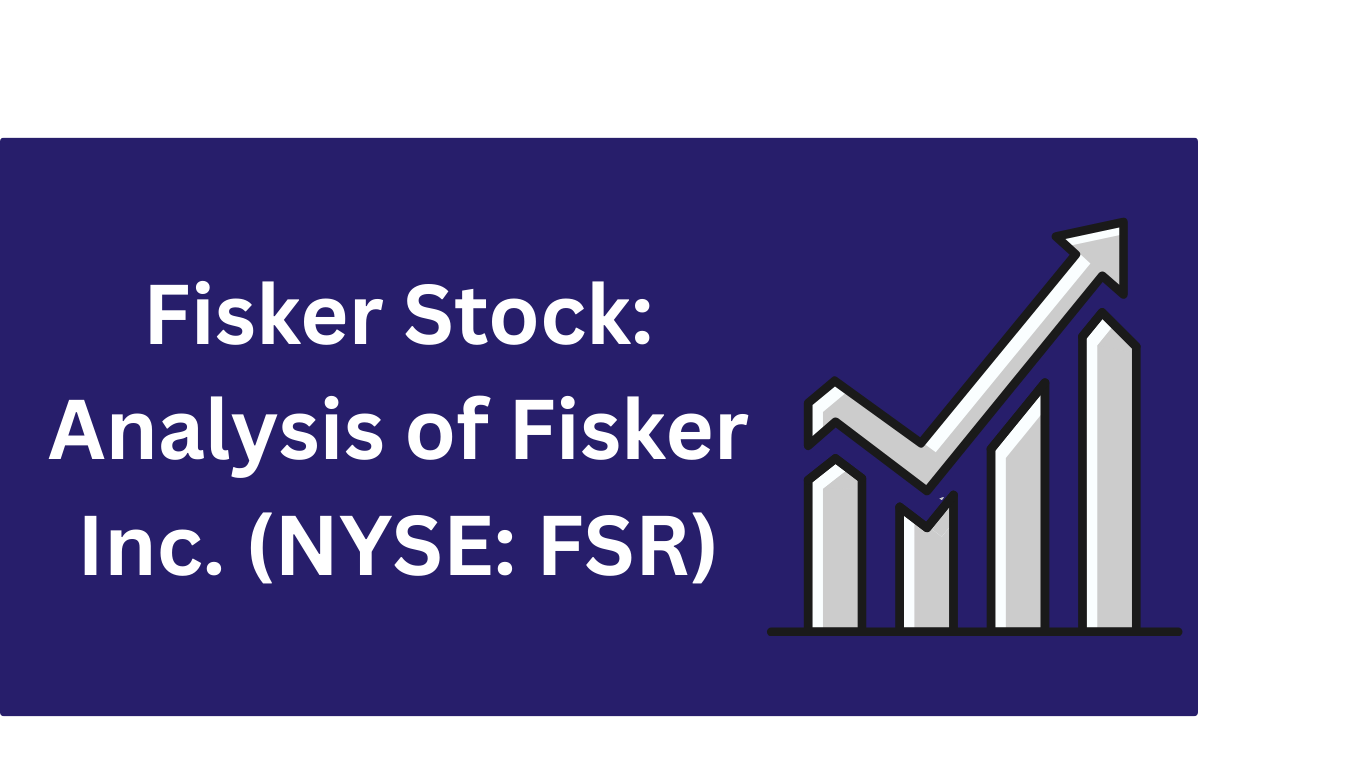When planning to build your dream home, securing the right financing is crucial. One of the most important factors to consider is construction loan rates, as they significantly impact your overall project cost. Whether you’re looking for 30-year construction-to-permanent loan rates or comparing current construction loan rates, understanding how these rates work can save you thousands of dollars.
In this comprehensive guide, we’ll break down everything you need to know about construction loan interest rates, including factors that influence them, current trends, and how to secure the best rate for your project.
Table of Contents
What Are Construction Loan Rates?
A construction loan is a short-term loan used to finance the building of a new home. Unlike traditional mortgages, which provide a lump sum upfront, construction loans disburse funds in stages (draws) as the project progresses. Once construction is complete, the loan typically converts into a permanent mortgage or is paid off with a new mortgage.
Construction loan rates refer to the interest charged on these loans during the construction phase. These rates can be:
- Variable (adjustable-rate): Fluctuates based on market conditions.
- Fixed-rate: Remains the same for a set period (less common for pure construction loans).
Most construction loan interest rates are variable and tied to an index like the Prime Rate or LIBOR (soon to be phased out for SOFR).
Types of Construction Loans and Their Rates
1. Construction-Only Loans
- Short-term (6–18 months).
- Higher construction loan rates (typically 1-2% higher than traditional mortgage rates).
- Requires refinancing into a permanent mortgage after completion.
2. Construction-to-Permanent Loans (One-Time Close Loans)
- Combines construction financing and long-term mortgage into one loan.
- 30-year construction-to-permanent loan rates are fixed or adjustable.
- Eliminates the need for a second closing, saving on fees.
3. Renovation Construction Loans
- For major home remodels.
- Rates similar to standard construction loan rates.
Current Construction Loan Rates (2024 Trends)
As of 2024, current construction loan rates vary based on the loan type, lender, and borrower qualifications. Here’s a general overview:
| Loan Type | Interest Rate Range (2024) |
| Construction-Only Loan | 7.5% – 10%+ (variable) |
| Construction-to-Permanent (30-year fixed) | 6.5% – 8.5% |
| Adjustable-Rate Construction-to-Permanent | 6% – 7.5% (initial rate) |
Factors Influencing Rates:
- Credit Score (720+ gets the best rates).
- Down Payment (20-30% preferred).
- Loan-to-Value (LTV) Ratio (lower LTV = better rates).
- Market Conditions (Fed rate hikes impact borrowing costs).
How to Get the Best Construction Loan Rate
1. Improve Your Credit Score
Lenders offer the lowest construction loan interest rates to borrowers with excellent credit (740+). Pay down debts and correct errors on your credit report before applying.
2. Compare Multiple Lenders
Rates vary significantly between banks, credit unions, and specialized lenders. Get at least 3-5 quotes for current construction loan rates.
3. Opt for a Construction-to-Permanent Loan
A 30-year construction-to-permanent loan often has lower long-term rates than standalone construction loans.
4. Make a Larger Down Payment
Putting 25-30% down reduces lender risk, which can lower your construction loan rate.
5. Lock Your Rate (If Possible)
Some lenders allow rate locks for construction-to-permanent loans, protecting you from rising rates.
Construction Loan Rates vs. Traditional Mortgage Rates
Construction loans are riskier for lenders (no completed home as collateral), so their interest rates are higher than standard mortgage rates.
| Loan Type | Avg. Interest Rate (2024) |
| 30-Year Fixed Mortgage | 6.0% – 7.0% |
| Construction-Only Loan | 7.5% – 10% |
| Construction-to-Permanent (30-year) | 6.5% – 8.5% |
Will Construction Loan Rates Go Down in 2024?
The Federal Reserve’s monetary policy heavily influences construction loan interest rates. If the Fed cuts rates later in 2024 (as some economists predict), borrowing costs may decrease. However, inflation and economic conditions will play a key role.
Tips if Rates Drop After You Secure a Loan:
- Construction-to-permanent loans may allow refinancing at the permanent phase.
- Float-down options (some lenders offer this feature).
FAQs
1. Are construction loan rates higher than mortgage rates?
Yes, due to higher risk for lenders.
2. Can I get a fixed-rate construction loan?
Most construction-only loans are variable, but 30-year construction-to-permanent loans can have fixed rates.
3. How are interest payments handled during construction?
You typically pay interest-only on the amount disbursed until construction ends.
4. Do construction loan rates vary by state?
Slightly, due to regional lender competition and regulations.
5. What’s the best lender for low construction loan rates?
Compare local banks, national lenders, and credit unions for the best current construction loan rates.
Final Thoughts: Securing the Best Construction Loan Rate
Understanding construction loan rates is key to managing your home-building budget effectively. Whether you choose a construction-only loan or a 30-year construction-to-permanent loan, securing a competitive rate will save you money long-term.
Key Takeaways:
- Construction loan interest rates are typically higher than traditional mortgages.
- 30-year construction-to-permanent loans offer stability with fixed rates.
- Current construction loan rates depend on credit, down payment, and market trends.
- Shop around and improve your credit to get the best deal.
By staying informed and comparing lenders, you can secure the best construction loan rate for your dream home project.
Additional FAQs
1. What are construction loan rates?
Construction loan rates are the interest rates charged on loans used to finance the building of a new home. These rates can be variable (adjustable) or, in some cases, fixed, depending on the loan type.
2. How do construction loan rates compare to traditional mortgage rates?
Construction loans typically have higher interest rates than traditional mortgages because they are considered riskier for lenders (there’s no completed home as collateral during construction).
3. What is a 30-year construction-to-permanent loan rate?
A 30-year construction-to-permanent loan combines the construction loan and permanent mortgage into one, locking in long-term rates. These rates can be fixed or adjustable, with current averages ranging from 6.5% to 8.5% (2024).
4. Are construction loan rates fixed or variable?
- Construction-only loans usually have variable rates tied to an index (like the Prime Rate).
- Construction-to-permanent loans may offer fixed rates for the long-term mortgage portion.
5. What factors affect construction loan interest rates?
Key factors include:
- Credit score (higher scores get better rates)
- Down payment (20-30% down improves rates)
- Loan-to-Value (LTV) ratio
- Market conditions (Federal Reserve policy, inflation)
6. Can I lock in a construction loan rate?
Some lenders offer rate locks for construction-to-permanent loans, protecting you from rising rates during construction. Lock periods vary (e.g., 6-12 months).
7. How are interest payments handled during construction?
Most lenders require interest-only payments on the amount disbursed (not the full loan amount) until construction is complete.
8. What’s the average interest rate for a construction loan in 2024?
- Construction-only loans: 7.5% – 10%+ (variable)
- Construction-to-permanent (30-year fixed): 6.5% – 8.5%
9. Do I need a down payment for a construction loan?
Yes, most lenders require 20-30% down for construction loans since they’re higher risk.
10. Can I refinance a construction loan to get a lower rate?
Yes, if rates drop after you secure a construction-only loan, you can refinance into a permanent mortgage with a lower rate.
11. Are construction loan rates tax-deductible?
Interest paid during construction may be tax-deductible once the home becomes your primary residence (consult a tax advisor).
12. Which lenders offer the best construction loan rates?
Compare rates from:
- Local banks & credit unions (often competitive)
- National mortgage lenders
- Specialized construction loan lenders
13. Will construction loan rates go down in 2024?
If the Federal Reserve cuts rates later in 2024, construction loan interest rates may decrease. However, inflation and economic conditions will play a role.
14. What’s the difference between a construction loan and a home equity loan for building?
- A construction loan is specifically for new builds.
- A home equity loan uses existing home equity but may have lower loan amounts and different rates.
15. Can I use a construction loan for renovations?
Yes, renovation construction loans (like FHA 203k or Fannie Mae HomeStyle) finance major remodels at rates similar to standard construction loans.











Leave a Reply